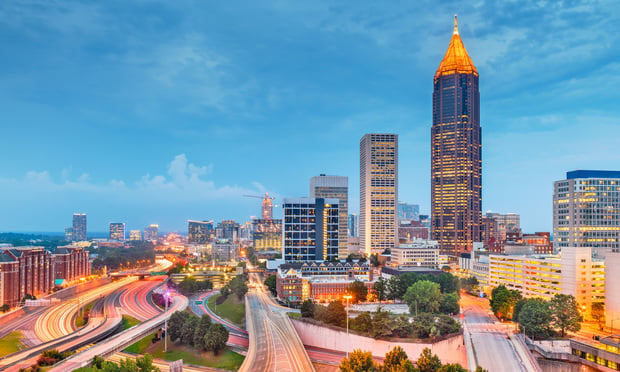SAN FRANCISCO—Restaurants are re-thinking real estate in the slow-reopening phase of the pandemic recovery, driven by a 50 to 75% reduction on interior customer capacity that will last months longer than many had expected. One trend, the push to allow table service on more outdoor sidewalks, plazas and even streets, is likely to be more permanent, according to Linda Gates, co-founder of Gates + Associates landscape architects.
"With the pandemic forcing a lot of the reasons and demand for change, we are seeing cities and public agencies speed up approvals for utilizing outdoor spaces, creating new parklets, and giving businesses more options to thrive amid challenging times," Gates tells GlobeSt.com. "And we think it will have lasting impact on neighborhood retail and shopping center design."
With 3% of the nation's restaurants already permanently closed and 11% expecting to close, according to the National Restaurant Association, the "creative energy for solutions is palpable," she adds.
Recommended For You
Want to continue reading?
Become a Free ALM Digital Reader.
Once you are an ALM Digital Member, you’ll receive:
- Breaking commercial real estate news and analysis, on-site and via our newsletters and custom alerts
- Educational webcasts, white papers, and ebooks from industry thought leaders
- Critical coverage of the property casualty insurance and financial advisory markets on our other ALM sites, PropertyCasualty360 and ThinkAdvisor
Already have an account? Sign In Now
*May exclude premium content© 2025 ALM Global, LLC, All Rights Reserved. Request academic re-use from www.copyright.com. All other uses, submit a request to [email protected]. For more information visit Asset & Logo Licensing.








